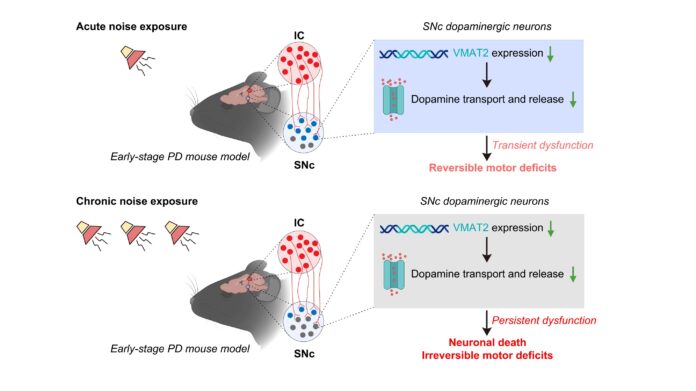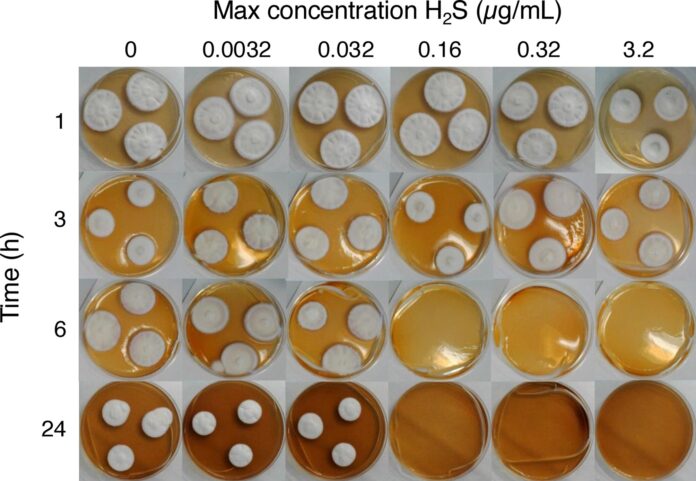Every second, millions of blood cells are produced in the human body, and about 90% of the cells replaced daily are blood cells. These include red blood cells essential for oxygen transport, platelets for blood clotting, and immune cells that protect us from infections. Because these cells are short-lived, they must be continuously replenished.
This critical task falls to blood-forming stem cells in the bone marrow—the only long-lived cells capable of producing blood cells. These stem cells safeguard lifelong blood cell production and play a vital role in medical treatments such as bone marrow transplantation and recovery after chemotherapy.
But there is also a “dark side” to these cells. Each blood stem cell accumulates roughly 20 DNA mutations per year throughout life. While most mutations are harmless, a rare stem cell can become the origin of common blood cancers. Understanding how these cells function—and how to target cancerous ones—is therefore of major clinical importance.
New insights into stem cell specialization
For decades, scientists thought all blood stem cells produce every type of blood and immune cell. Recent studies in mice suggested otherwise, revealing that some stem cells do not replenish all blood cell lineages.
“In our latest study, we were able to explore this phenomenon for the first time in humans. Each blood stem cell accumulates unique DNA mutations throughout life, allowing us to use the mutations as natural ‘barcodes’ to trace the stem cell contribution to different blood cell types in healthy elderly individuals,” says Tetsuichi Yoshizato, researcher at the Department of Medicine, Huddinge and member of the Hematopoietic Stem Cell Biology Group and lead author of the study published in Nature Genetics.
“Our findings were striking: human blood-forming stem cells behave much like those in mice. Some stem cells contribute to all blood lineages, while others are more specialized. Importantly, these differences were not linked to specific gene mutations, suggesting that the observed lineage bias is not mutation-driven but rather an intrinsic property of the stem cells.”
“We were excited when we realized that we could use naturally occurring mutations in human blood stem cells to fate map their lineage contribution, and even more so when we observed that the blood lineage replenishment patterns from human stem cells matched those we had previously observed in mice,” says Sten Eirik Jacobsen, Professor of Stem Cell Biology and Regenerative Medicine at the Department of Cell and Molecular Biology and Department of Medicine, Huddinge and head of the Hematopoietic Stem Cell Biology Group.
Even after transplantation, these patterns remained unchanged, indicating that they are stable and intrinsically programmed. Advanced retrospective phylogenetic analysis confirmed that most stem cells maintain their lineage patterns for decades, although some become more restricted with age. Serial bone marrow analyses over five years reinforced this long-term stability.
These discoveries have significant implications for medicine. They could help optimize blood cell production after bone marrow transplantation or chemotherapy and improve treatment strategies for diseases where blood cell production is disrupted. Furthermore, understanding which normal stem cells can transform into cancer stem cells will be crucial for developing targeted therapies against blood cancers.
More information:
Tetsuichi Yoshizato et al, Stable clonal contribution of lineage-restricted stem cells to human hematopoiesis, Nature Genetics (2025). DOI: 10.1038/s41588-025-02405-w
Karolinska Institutet
Citation:
Surprising blood stem cell diversification revealed in humans (2025, November 11)
retrieved 13 November 2025
from https://medicalxpress.com/news/2025-11-blood-stem-cell-diversification-revealed.html
This document is subject to copyright. Apart from any fair dealing for the purpose of private study or research, no
part may be reproduced without the written permission. The content is provided for information purposes only.


